10 Animals That Are Basically Impossible to Kill
Every life must have an end, yet some species stretch that limit farther than we ever thought possible. Scientists have found animals that live for centuries, survive the vacuum of space, or rebuild their bodies from scratch. These biological miracles are hiding in plain sight. They reveal just how inventive evolution can be when it comes to avoiding the inevitable.
Tardigrade
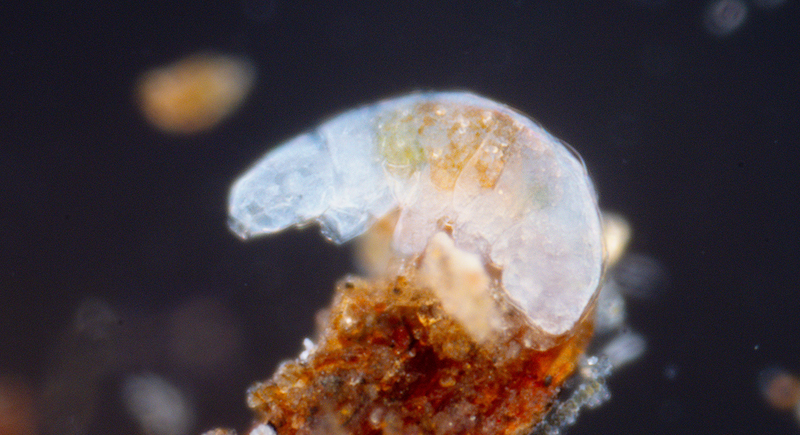
Credit: Wikimedia Commons
Tardigrades, also known as water bears, can live through almost anything: boiling heat, freezing cold, radiation, and even the vacuum of space. In 2007, European scientists sent tardigrades on a satellite mission called TARDIS (Tardigrades in Space). When exposed to open space with no air, extreme radiation, and freezing cold, many survived and later reproduced back on Earth. They do this by entering a cryptobiosis state, where they dry out, curl up into a tun, and shut down almost all biological activity. In this form, they can withstand conditions that would kill any other animal.
Hydra
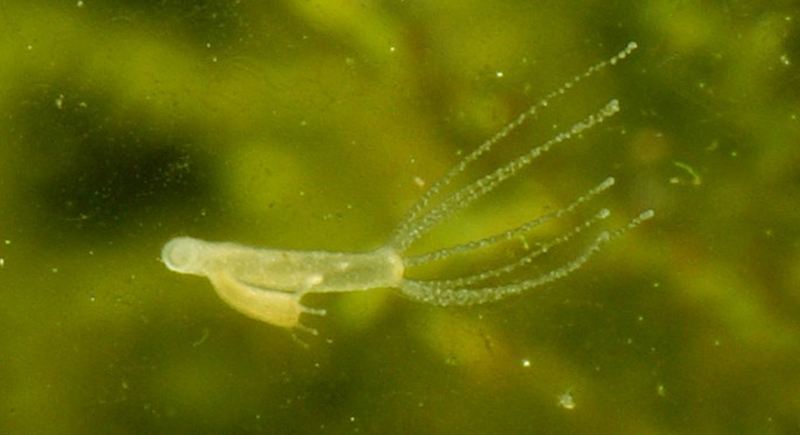
Credit: Wikimedia Commons
This tiny freshwater animal replaces its cells constantly, using stem cells that renew themselves without limit. Cut a hydra into several pieces, and each one will grow into a new creature. Researchers have studied them for years and still can’t find signs of aging. If nothing eats it, a hydra could live forever.
Greenland Shark
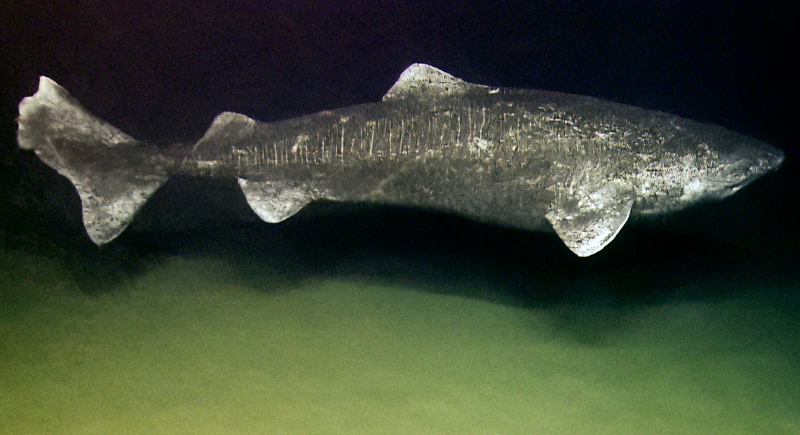
Credit: Wikimedia Commons
The Greenland shark lives in icy Arctic waters and takes life very slowly. It grows less than half an inch per year and can live around 400 years, maybe longer. One was found to be swimming since the early 1600s. Its cold, sluggish metabolism keeps its body from breaking down over time.
Lobsters
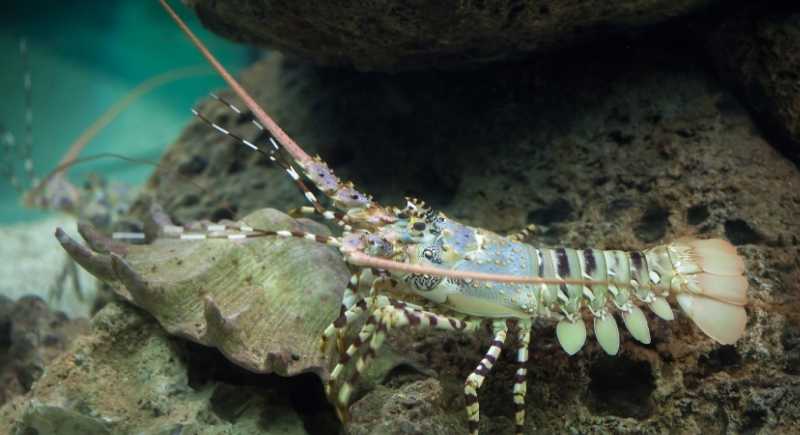
Credit: Getty Images
Lobsters produce an enzyme that repairs DNA, which allows their cells to stay young and active. They don’t age the same way most creatures do because they never stop growing or reproducing, and in theory, could live indefinitely if predators or disease didn’t interfere. The biggest one ever caught weighed 44 pounds and was about 140 years old.
Naked Mole-Rat
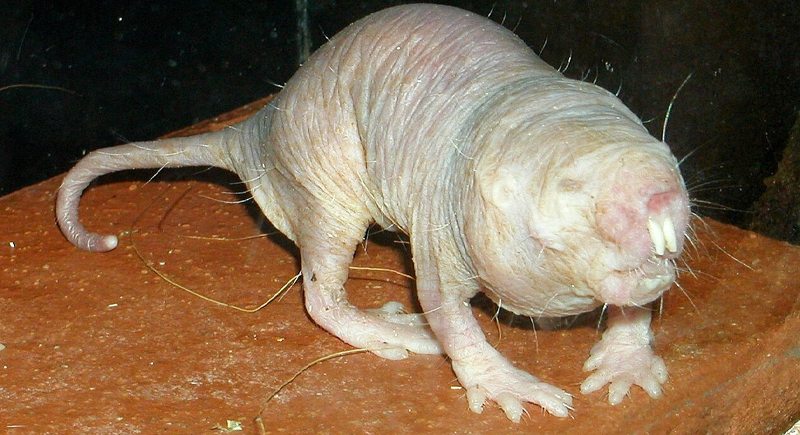
Credit: Wikimedia Commons
The nearly indestructible naked mole-rat lives beneath the dry soil of East Africa. These wrinkled rodents can live more than 30 years and show almost no signs of aging. They resist cancer thanks to special cell behavior that blocks tumor growth. They can even survive with little oxygen. While they might not win beauty contests, they’ve mastered longevity in ways most mammals can’t.
Planarian Flatworm
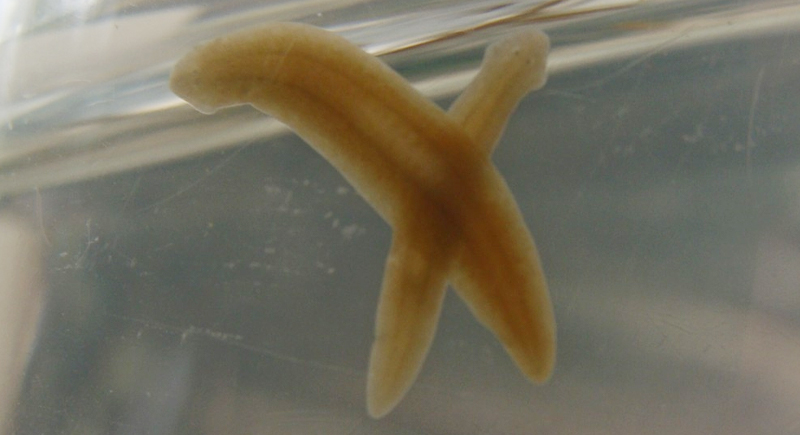
Credit: Wikimedia Commons
A planarian flatworm can regenerate its entire body from a tiny piece of itself. Scientists have seen them regrow missing organs, and even a whole brain. Their secret lies in their large number of stem cells that can become any type of tissue. Some have lived for years in labs without aging at all.
Bowhead Whale
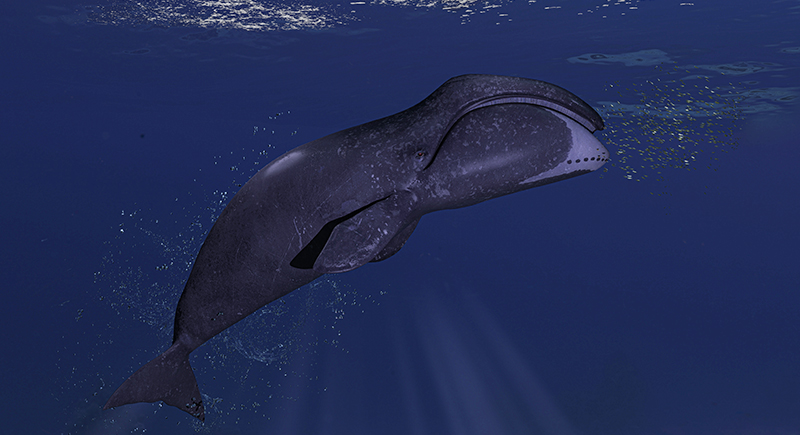
Credit: iStockphoto
The bowhead whale rules the Arctic as one of the planet’s longest-living mammals. Some individuals have survived for over 200 years, with harpoon tips from the 1800s still lodged in their flesh. They thrive in freezing waters that would kill most creatures, and their thick blubber and slow metabolism keep them safe.
Bdelloid Rotifer
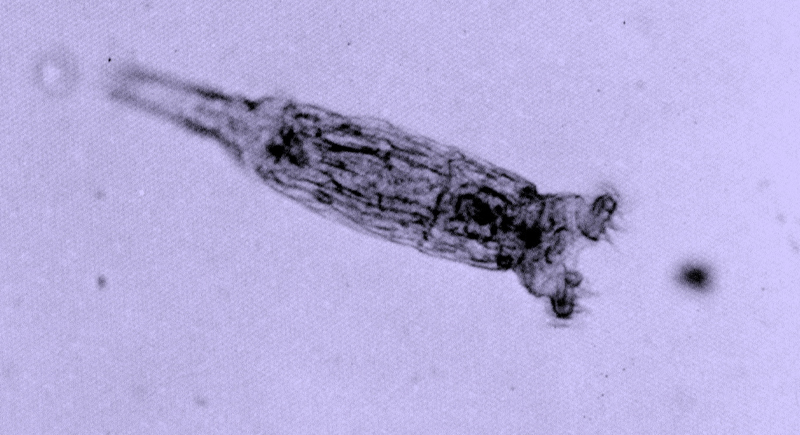
Credit: Wikimedia Commons
Microscopic bdelloid rotifers can dry out completely and still return to life decades later. Scientists revived some that were frozen in Siberian ice for 24,000 years. They reproduce without mating and even borrow genes from other species. When water returns, they simply wake up and get moving again.
Axolotl
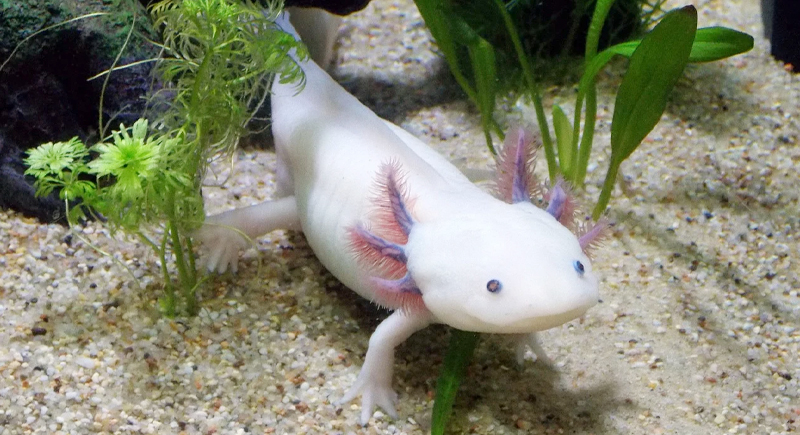
Credit: Wikimedia Commons
Axolotls, which are native to Mexico, never outgrow their youthful stage. They keep their gills and stay aquatic for life. If they lose a limb, part of a heart, or even part of a brain, they’ll regrow it perfectly. Scientists study them to learn how regeneration works. Though they only live for about 15 years, their ability to repair themselves makes them some of nature’s best healers.
Antarctic Glass Sponge
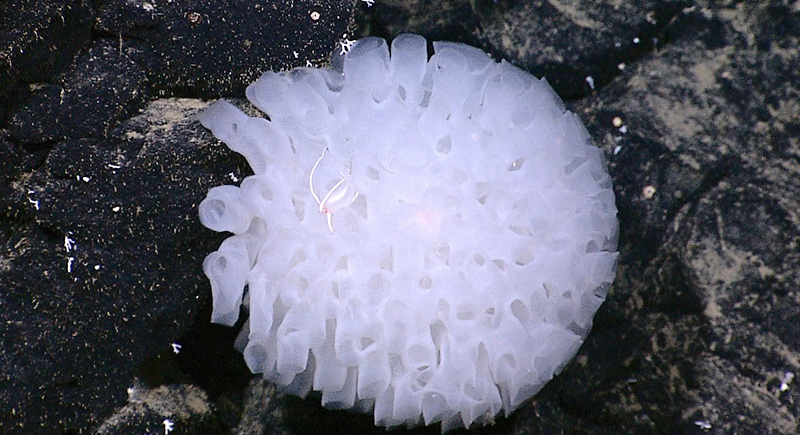
Credit: Instagram
Far beneath the Antarctic Ocean lives a sponge that barely seems alive, but it’s one of the oldest animals on Earth. The Antarctic Glass Sponge grows less than a millimeter each year, and can live for 10,000 years or more. Its slow metabolism and freezing environment preserve it almost indefinitely. It doesn’t move, make noise, or even notice the centuries passing.